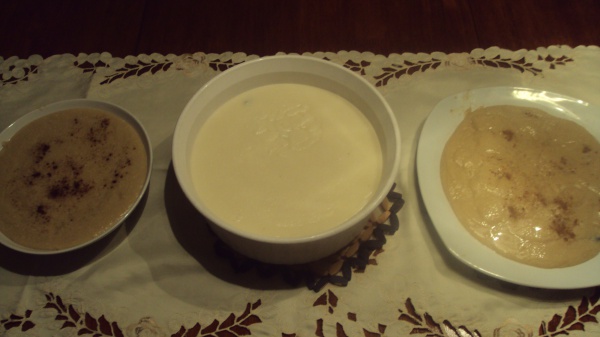Facts About Manjar blanco
Manjar blanco, also known as manjar de leche or simply manjar, is a cherished milk-based delicacy in many Spanish-speaking regions. The name and recipe can vary significantly depending on the locale.
In Spain and parts of Europe, manjar blanco is akin to blancmange—a creamy, gelatinous dessert made from milk, almonds, cornstarch or gelatin, and sugar.
In South America, particularly in countries like Peru, Ecuador, Chile, and Argentina, manjar blanco takes on a different form. Here, it is a sweet, white spread or pastry filling created by slowly cooking milk with sugar. Occasionally, ingredients like vanilla, citrus juice, or cinnamon are added for enhanced flavor. This version is commonly used to fill pastries and cookies.
In Central America, manjar de leche transforms into a pudding or custard made with milk, cornstarch, sugar, and flavorings such as vanilla or cinnamon. In Colombia, it becomes a traditional Christmas dish featuring milk, rice, and sugar, typically enjoyed alongside other festive treats such as natilla, buñuelos, and hojuelas.
In Puerto Rico, manjar blanco is known as natilla. This is a cold custard dessert made with cornstarch, vanilla, sugar, eggs, lemon zest, and milk, usually topped with a sprinkle of cinnamon and served during Christmas.
In the Philippines, there is a local variation called maja blanca. This version uses coconut milk instead of cow's milk and often includes corn kernels, earning it the name maja blanca con maiz.
These variations highlight the rich diversity of manjar blanco, showcasing how different cultures have put their unique spins on this delightful milk-based treat.

 Venezuela
Venezuela